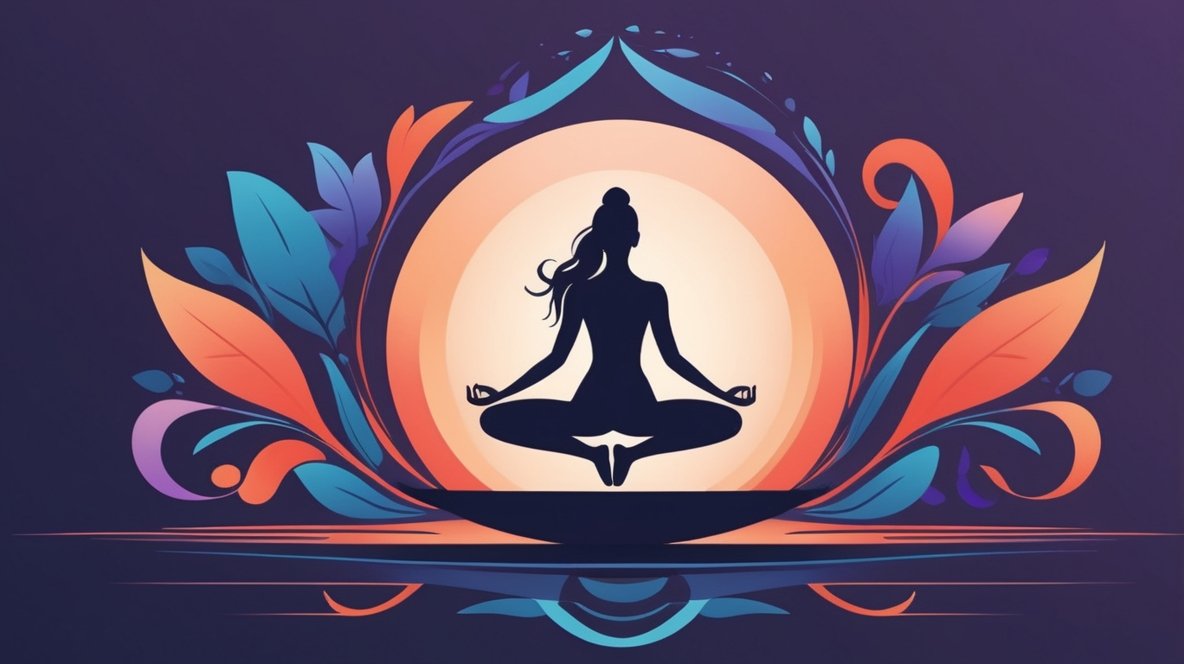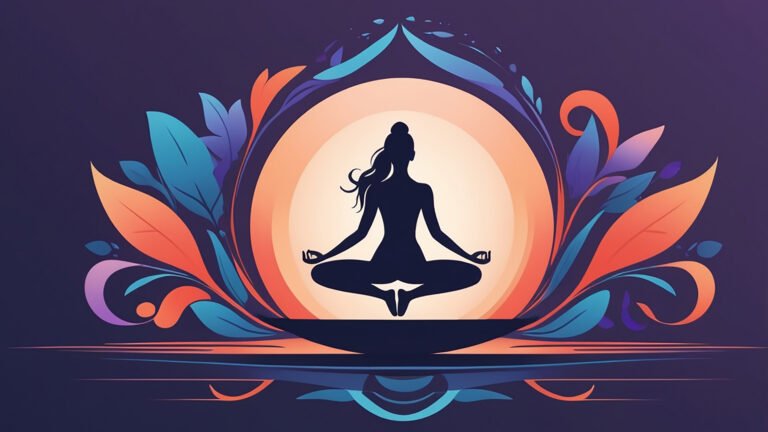— Introduction —
Konasan (कोणासन), or Parsvakonasana (पार्श्वकोणासन) , also known as Angular Posture, is a powerful standing pose that combines strength, stretch, and stability. “Parshva” means side, “Kona” means angle, and “Asana” means posture. This asana strengthens the legs and stretches the sides of the body while enhancing lung capacity and balance.
— Step-by-step Instructions —
- Begin in a standing position and spread your legs 3 to 4 feet apart
- Turn the right foot out 90 degrees and the left foot slightly in
- Bend the right knee so that the thigh is parallel to the floor, keeping the knee above the ankle
- Extend both arms sideways in line with the shoulders
- Inhale and as you exhale, lower the right hand down to the floor (or block) beside the right foot
- Simultaneously stretch the left arm over the left ear, keeping the arm in line with the left side of the body
- Turn your head to look up at the raised arm, if comfortable
- Keep the back leg straight and firmly grounded
- Hold the position while breathing normally, then return to standing and repeat on the opposite side
— Physical Benefits —
- Strengthens the legs, knees, and ankles
- Stretches the groin, spine, waist, chest, and shoulders
- Tones abdominal organs and aids digestion
- Increases stamina, flexibility, and endurance
- Opens the hips and improves body alignment
— Mental & Emotional Benefits —
- Enhances focus and concentration
- Encourages grounding and mental stability
- Reduces fatigue and stress
- Increases awareness of breath and body movement
— Precautions to keep in Mind —
- Avoid if suffering from high or low blood pressure
- Those with neck or shoulder injuries should modify the arm position
- People with balance issues may use a block or wall support
- Consult a doctor if you have knee or hip problems
— Beginner’s Tips —
- Place the bottom hand on a block if the floor is too far
- Do not force the front thigh to be parallel — work gradually
- Keep the back heel firmly pressed down for better stability
— Best Time to Practice —
- Early morning on an empty stomach is ideal
- Can also be practiced in the evening after a gap of 3–4 hours from the last meal
— Advanced Variations —
- Try binding the hands behind the back if flexibility allows
- Deepen the bend in the front knee for a stronger stretch
- Close the eyes to improve internal balance and body awareness
— Wrapping Up —
Parsvakonasana is a dynamic pose that builds strength, length, and stability in the body while focusing the mind. Regular practice opens up the side body and hips, builds endurance, and provides a steady foundation for deeper yoga practices.


